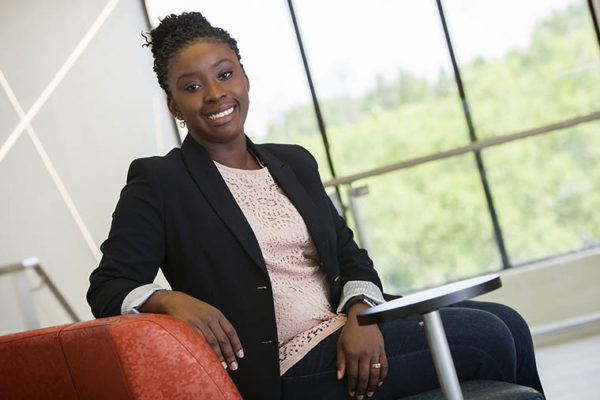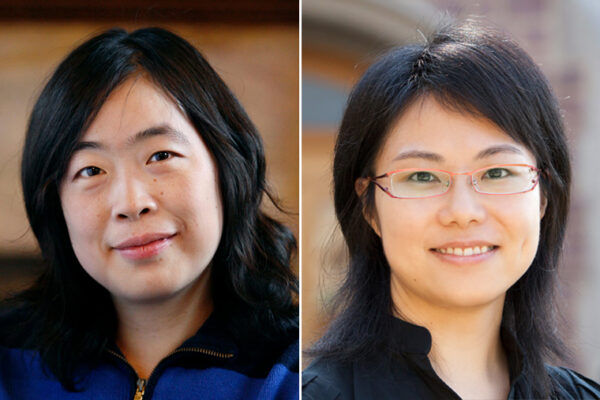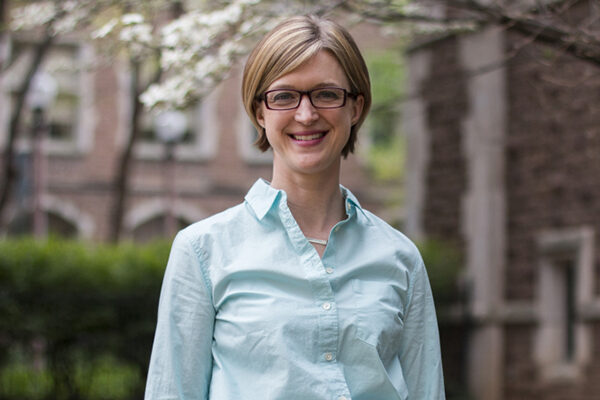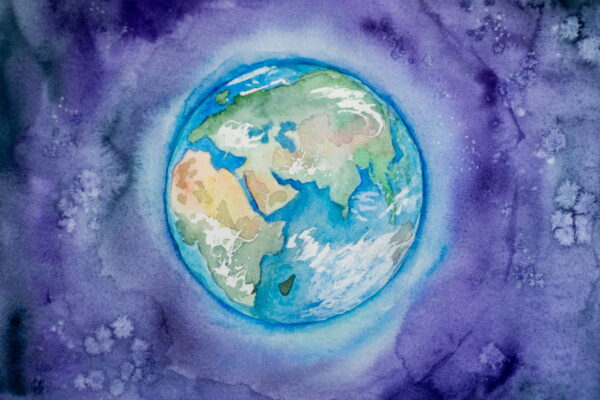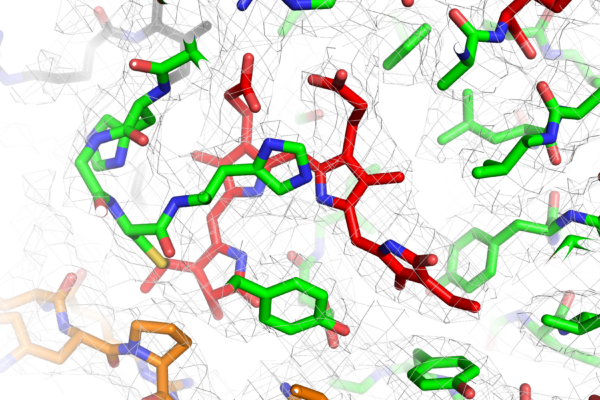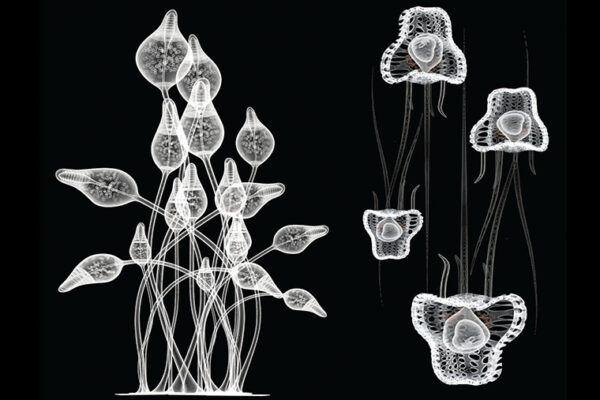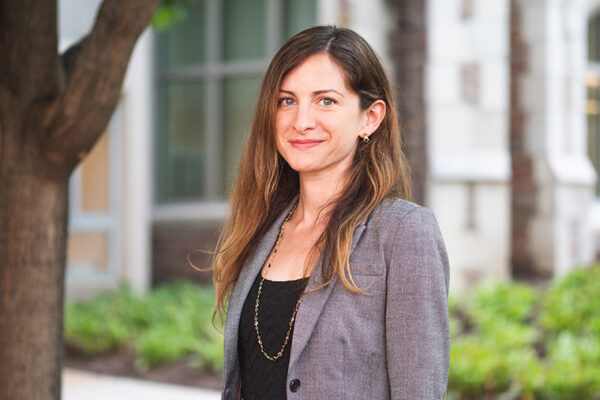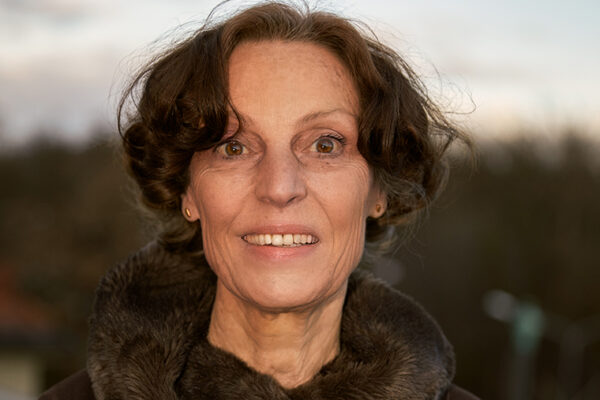Ottley wins CAREER award to personalize analytic tools
Alvitta Ottley, assistant professor at the McKelvey School of Engineering, will use a $528,223 National Science Foundation CAREER award to develop personalized visual analytic tools.
Opening up the electromagnetic spectrum
A new resonator system discovered in the labs of Lan Yang and Xuan “Silvia” Zhang at the McKelvey School of Engineering can interact with never-before-accessible ranges in the electromagnetic spectrum. The research was published in the journal Nature Nanotechnology.
Mishra wins CAREER award to develop new materials
Rohan Mishra, assistant professor at the McKelvey School of Engineering, will use a $588,795 National Science Foundation CAREER award to discover and develop novel semiconductors.
NSF awards grant to Van Engen
Kristin Van Engen in Arts & Sciences received a grant from the National Science Foundation to research and better understand communication when accents are involved.
Campus Earth Week is April 3-9
The Office of Sustainability offers this guide to events during the month of April — including activities at the Burning Kumquat garden, free lectures and film screenings, recycling and clean-up events and more.
NIH funds English, Thompson research into emotion
The National Institutes of Health (NIH) awarded funding to Tammy English and Renee Thompson in Arts & Sciences for research to better understand emotion and aging.
Molecular ‘blueprint’ illuminates how plants perceive light
Biologists led by Richard Vierstra in Arts & Sciences have determined the molecular structure of the vital photoreceptor PhyB, revealing a wholly different structure than previously known. The findings, published March 30 in Nature, have many implications for agricultural and “green” bioengineering practices.
Architecture, biology and ‘Cellular Transformations’
Architecture inspired by biology is not a new concept. But typically, “architecture has imitated the imagery of biology and nature without awareness of the underlying mechanisms,” argue Ram Dixit and Sung Ho Kim in “Cellular Transformations: Between Architecture and Biology.”
Konecky launches new program to support diversity in the geosciences
With the support of the David and Lucile Packard Foundation, climate scientist Bronwen Konecky in Arts & Sciences is piloting a new program to attract and support underrepresented students in the geosciences and prepare them for further studies and careers in the field.
Renner edits special issue on separate sexes in plants
Biologist Susanne S. Renner in Arts & Sciences assembled and edited 15 papers that synthesize and challenge the current understanding of how plants separate into male and female functions for Philosophical Transactions B, published by The Royal Society.
Older Stories
